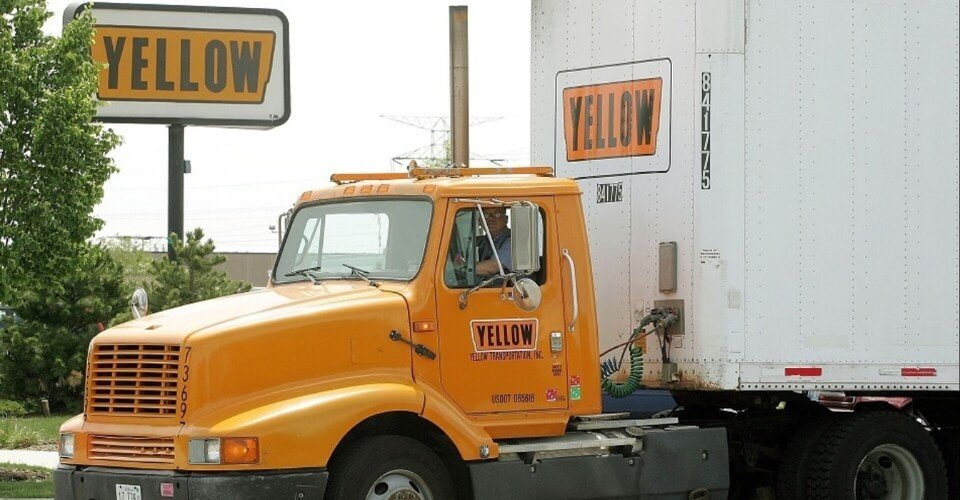The once-prominent transportation company, Yellow Freight, faced a significant downturn leading to its bankruptcy. The news about the company’s downfall has been circulating for a long time.
The company found it challenging to adapt quickly enough to new market dynamics. Their extensive infrastructure and legacy systems became a hindrance to agility, making it difficult for them to match the efficiency and cost-effectiveness of their competitors.
Reportedly, Yellow Freight started experiencing financial strain, leading to a decline in its overall market share. In the face of mounting challenges, Yellow Freight’s financial situation deteriorated to the point where it could no longer sustain its operations.
This, combined with mounting debts, eventually forced them to make the heart-wrenching decision to shut down their services.
What Led to Yellow Freight’s Bankruptcy?
The 99-year-old company was on the verge of bankruptcy. But why would a company with a long history fail? Let’s understand why:
- One of the critical factors contributing to Yellow Freight’s downfall was its inability to embrace digital transformation fully.
- In addition to their problems, Yellow Freight had labor issues. After Yellow failed to make a $50 million benefit payment to the company’s employee pension and healthcare fund earlier in the month, the Teamsters threatened to go on strike.
- Their leadership played a major role in their success. Unfortunately, they encountered leadership issues in the latter years of the company’s existence, which made their issues worse.
- They fell behind the race of evolution. The company found it challenging to adapt quickly enough to these new market dynamics.
- Technological advancements and the rise of e-commerce disrupted traditional supply chain models.
The business had about $1.47 billion in total debt at the end of the first quarter of this year, compared to about $806 million in assets.
Downturns in Yellow Freight Appears Irreversible
Yellow Freight had its humble beginnings in the mid-20th century, founded by a visionary entrepreneur with a passion for logistics.
From the start, the company demonstrated an unparalleled commitment to customer satisfaction and efficiency in moving goods across the country. Their fleet of distinctive yellow trucks became a symbol of reliability and trust, earning them a loyal customer base.
However, with the turn of the millennium, the logistics industry witnessed a seismic shift. New players emerged, focusing on last-mile delivery and faster shipping options. As a result, Yellow Freight faced fierce competition from tech-savvy startups that offered innovative solutions to meet the changing demands of consumers.
The story of Yellow Freight serves as a cautionary tale for businesses navigating the complexities of the modern world.
The fall of this iconic shipping company is a reminder that success is not guaranteed, and staying relevant requires continuous evolution and innovation.
The logistics industry continues to evolve, and as new players emerge, they stand on the shoulders of giants like Yellow Freight, learning from both their triumphs and their mistakes.
Source: Forbes

